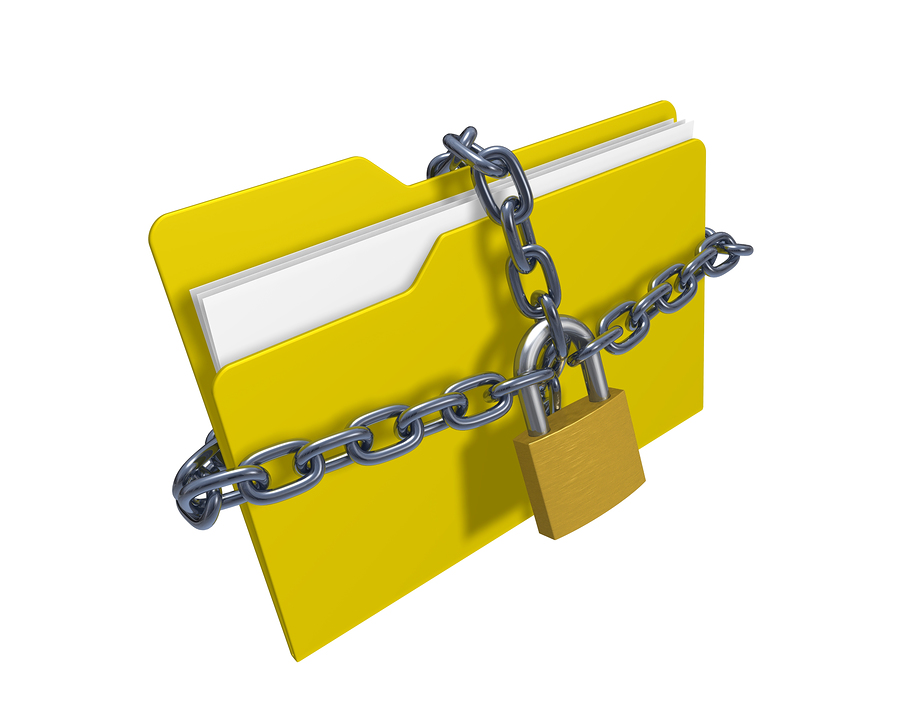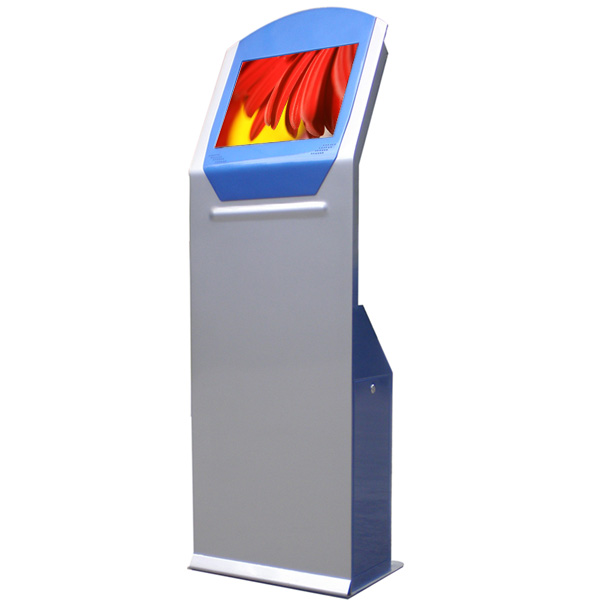Large-scale threats and stories of major corporations being hacked in recent months have created many fears about server security and protecting information in the cloud. At a time when everyone is talking about moving into the cloud and the many benefits it offers, cloud security is more important than ever. Cloud computing can offer innumerable benefits to any organization, but like any new technology, must be used carefully and safely. Here we'll talk about some important aspects of server security.

Tracking user activity is one invaluable asset to network administrators. Often when there is some kind of security threat to a network, it can be traced to a particular user or account which can give a clear idea of who or where the threat is coming from, allowing that user to be blocked and the network kept safe.
Most servers keep a number of activity logs by default, which can assist in tracking user activity. Other security software can allow additional tracking and monitoring to find potential threats before they ever happen. Security software looks for signs and traces of malware and eliminates or blocks them before they can do any major damage. This type of software, which receives frequent updates with samples of common malware, is the most commonly used type of security software. Its installation on all of the computers in a network will keep the servers and the network as a whole more secure.
Very rarely is a security threat actually physical - instead, the remote access allowed by networking allows hackers to get inside without actually having to be present, which would make them much easier to catch. This type of threat, new to the digital age, can be eliminated by strictly monitoring server access by users.
With proper security practices, your network can stay safe and protected from harm or intrusion, and your data will be safe from leaks and hacks. Independent security consulting companies can help install software and monitor networks, which is a great and affordable way for any business to maintain security on their networks. If you have worries about your network security, take action today to keep our servers safe.
Updated: Tuesday, 25 March 2014 10:31 AM EDT
Post Comment | Permalink | Share This Post



 Data security
Data security